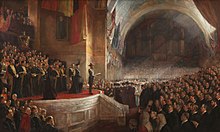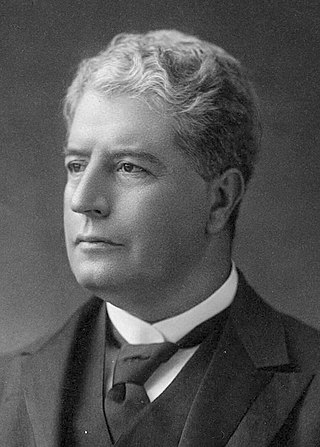
Sir Edmund "Toby" Barton was an Australian statesman, barrister and jurist who served as the first prime minister of Australia from 1901 to 1903. He held office as the leader of the Protectionist Party, before resigning in 1903 to become a founding member of the High Court of Australia, on which he served until his death. He was highly regarded as one of the leaders and founding fathers of the Federation movement and for his work in drafting and later interpreting the Constitution of Australia and early federal laws.
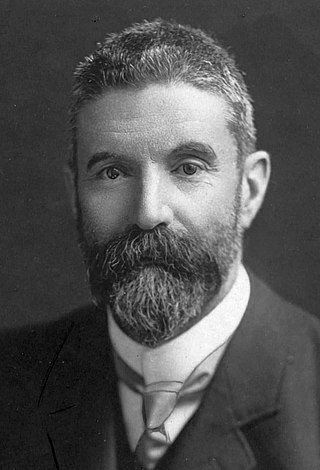
Alfred Deakin was an Australian politician, statesman and barrister who served as the second prime minister of Australia from 1903 to 1904, 1905 to 1908 and 1909 to 1910. He held office as the leader of the Protectionist Party, and in his final term as that of the Liberal Party. He is notable for being one of the founding fathers of Federation and for his influence in early Australian politics.

Sir George Houston Reid was an Australian politician, diplomat and barrister who served as the fourth prime minister of Australia, from 1904 to 1905, holding office as the leader of the Free Trade Party. He previously served as the 12th premier of New South Wales from 1894 to 1899, and later the High Commissioner to the United Kingdom of Australia from 1910 to 1916.
The Protectionist Party, also known as the Protectionist Liberal Party or Liberal Protectionist Party, was an Australian political party, formally organised from 1887 until 1909, with policies centred on protectionism. The party advocated protective tariffs, arguing it would allow Australian industry to grow and provide employment. It had its greatest strength in Victoria and in the rural areas of New South Wales. Its most prominent leaders were Sir Edmund Barton and Alfred Deakin, who were the first and second prime ministers of Australia.

John Adrian Louis Hope, 1st Marquess of Linlithgow, 7th Earl of Hopetoun, was a British aristocrat and statesman who served as the first governor-general of Australia, in office from 1901 to 1902. He was previously Governor of Victoria from 1889 to 1895.

Sir Robert Randolph Garran was an Australian lawyer who became "Australia's first public servant" – the first federal government employee after the federation of the Australian colonies. He served as the departmental secretary of the Attorney-General's Department from 1901 to 1932, and after 1916 also held the position of Solicitor-General of Australia.

Sir William John Lyne KCMG was an Australian politician who served as Premier of New South Wales from 1899 to 1901, and later as a federal cabinet minister under Edmund Barton and Alfred Deakin. He is best known as the subject of the so called "Hopetoun Blunder", unexpectedly being asked to serve as the first Prime Minister of Australia but proving unable to form a government.

Richard Edward O'Connor was an Australian politician and judge.

The Federation of Australia was the process by which the six separate British self-governing colonies of Queensland, New South Wales, Victoria, Tasmania, South Australia, and Western Australia agreed to unite and form the Commonwealth of Australia, establishing a system of federalism in Australia. The colonies of Fiji and New Zealand were originally part of this process, but they decided not to join the federation. Following federation, the six colonies that united to form the Commonwealth of Australia as states kept the systems of government that they had developed as separate colonies, but they also agreed to have a federal government that was responsible for matters concerning the whole nation. When the Constitution of Australia came into force, on 1 January 1901, the colonies collectively became states of the Commonwealth of Australia.
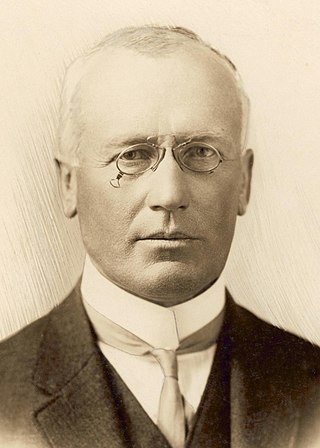
Sir William Hill Irvine was an Australian politician and judge. He served as Premier of Victoria (1902–1904), Attorney-General of Australia (1913–1914), and Chief Justice of Victoria (1918–1935).

Sir Frederick William Holder was an Australian politician. He was Premier of South Australia from June to October 1892 and again from 1899 to 1901. He was a prominent member of the inaugural Parliament of Australia following Federation in 1901, and was the first Speaker of the Australian House of Representatives.

Sir John Quick was an Australian lawyer, politician and judge. He played a prominent role in the movement for Federation and the drafting of the Australian constitution, later writing several works on Australian constitutional law. He began his political career in the Victorian Legislative Assembly (1880–1889) and later won election to the House of Representatives at the first federal election in 1901. He served as Postmaster-General in the third Deakin Government (1909–1910). He lost his seat in 1913 and ended his public service as deputy president of the Commonwealth Court of Conciliation and Arbitration (1922–1930).
The Hopetoun Blunder was a political event immediately prior to the Federation of the British colonies in Australia.

Sir Littleton Ernest Groom KCMG KC was an Australian politician. He held ministerial office under four prime ministers between 1905 and 1925, and subsequently served as Speaker of the House of Representatives from 1926 to 1929.
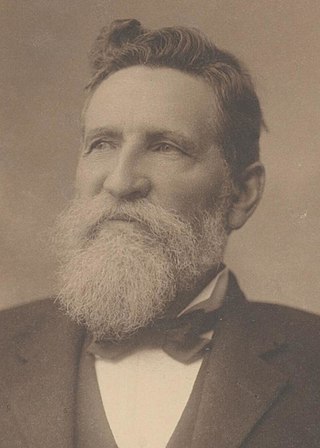
Allan McLean was an Australian politician who served as the 19th Premier of Victoria, in office from 1899 to 1900. He was later elected to federal parliament, where he served as a government minister under George Reid.
The following lists events that happened during 1901 in Australia.
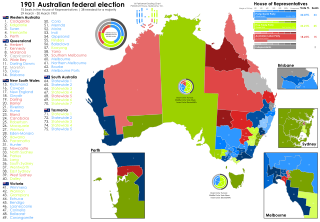
The 1901 Australian federal election for the inaugural Parliament of Australia was held in Australia on Friday 29 March and Saturday 30 March 1901. The elections followed Federation and the establishment of the Commonwealth of Australia on 1 January 1901. All 75 seats in the Australian House of Representatives, six of which were uncontested, as well as all 36 seats in the Australian Senate, were up for election.
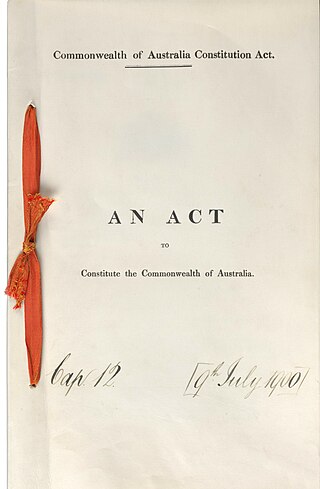
The Constitution of Australia is the fundamental law that governs the political structure of Australia. It is a written constitution, that establishes the country as a federation under a constitutional monarchy governed with a parliamentary system. Its eight chapters sets down the structure and powers of the three constituent parts of the federal level of government: the Parliament, the executive government and the judicature.

The First Deakin government was the second federal executive government of the Commonwealth of Australia. It was led by Prime Minister Alfred Deakin, from 24 September 1903 until 27 April 1904. Deakin was the second Prime Minister of Australia, but served as Prime Minister again from 1905–1908 and 1909–1910 – see Second Deakin government and Third Deakin government.
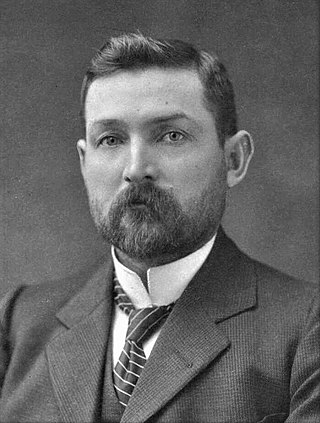
The Watson government was the third federal executive government of the Commonwealth of Australia. It was led by Prime Minister Chris Watson of the Australian Labor Party from 27 April 1904 to 18 August 1904. The Watson government was the first Labor Party national government in both Australia and in the world. Watson was aged just 37 when he became Prime Minister of Australia, and remains the youngest person to have held the post.




